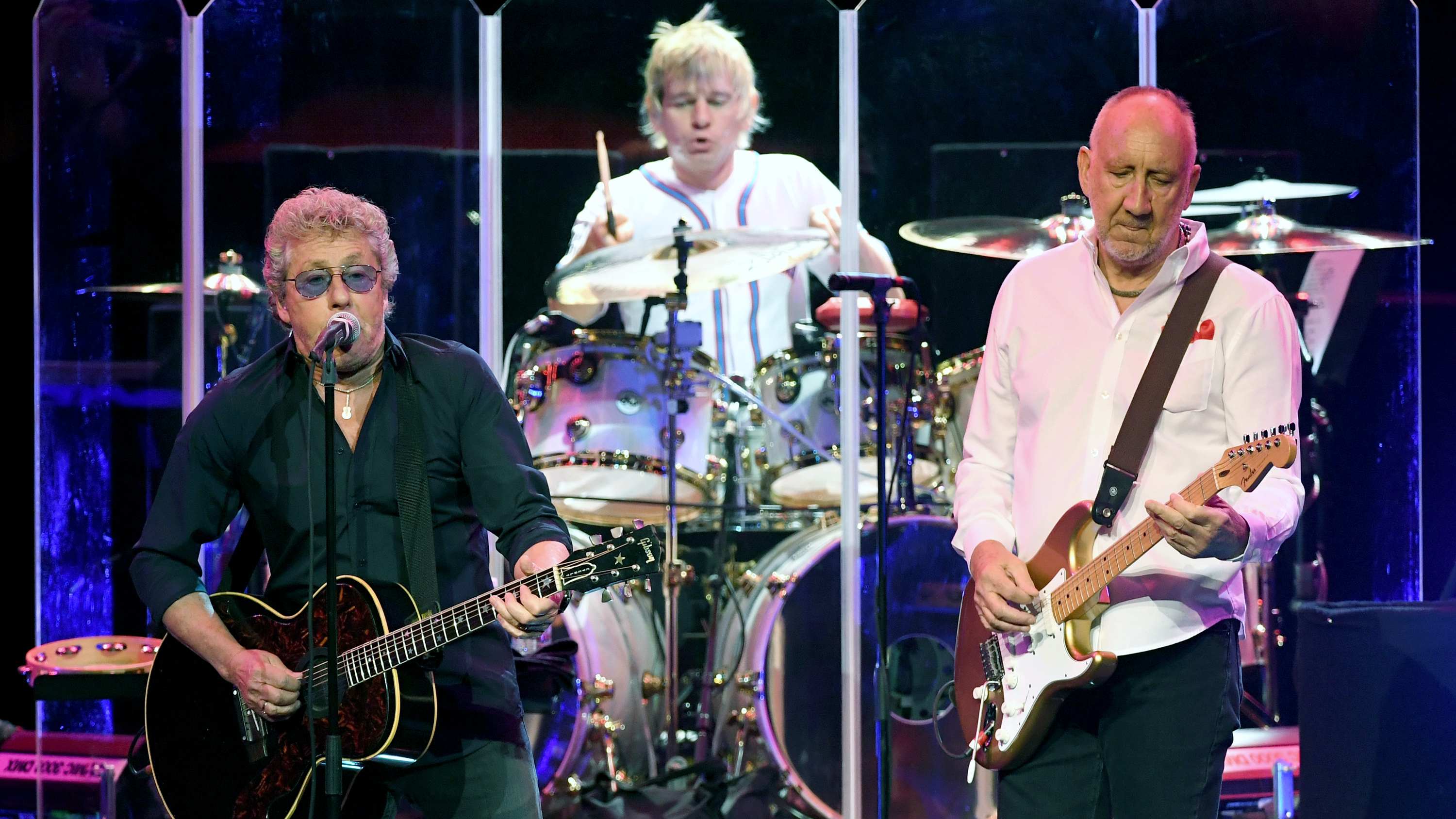NAMM 2016 VIDEO: Hands on with the Korg Volca FM
Could this be the best budget synth yet?
NAMM 2016: The Minilogue polysynth and new Nano controllers might be the hi-tech headliners on Korg's 2016 NAMM stand, but nestled unceremoniously amongst the tables of demo gear, the Japanese brand had another exciting - and entirely unexpected - surprise for us.
The Volca FM is a forthcoming addition to Korg's popular range of compact and wallet-friendly instruments. Like the existing quartet of Volcas, the FM has a playfully retro design that gives a not-so-subtle nod in the direction of a classic from a rival brand's back catalogue.
As the name suggests, this latest instrument moves away from the analogue and sample-based engines of the previous Volcas in favour of frequency modulation - a digital synthesis process perhaps most commonly associated with Yamaha's DX range of instruments, or in more recent years, Native Instruments' FM8 softsynth.
The Volca FM features a six-operator engine attached to a ribbon-style keyboard/step sequencer, which is very similar to those found on the rest of the Volca range. There's a fairly simple set of controls giving access to the attack and decay lengths of both the carrier and modulator, along with an LFO with depth and rate controls.
There's also a rotary for scrolling through different algorithms - which control the interplay between the six operators - and a rotary for selecting presets. Plus, there's an onboard arpeggiator, with a healthy selection of patterns and rates available, along with a Chorus effect with just a simple on/off control.
The Volca FM is three-voice polyphonic and can work in Poly, Mono or Unison modes. There are octave and transpose controls onboard too, along with a velocity slider.

Perfect your performances
As with the other Volcas, there's a variety of cool performance features, including the usual Pattern Chain, Active Step and Motion Sequencing, which allows automation to be recorded. In this case, even the algorithm and arpeggiator settings can be automated, which is really very cool and enables the creation of some utterly unique loops and synth lines.
Get the MusicRadar Newsletter
Want all the hottest music and gear news, reviews, deals, features and more, direct to your inbox? Sign up here.
Connectivity wise, there's a MIDI input and the same simple sync in and out ports found on the rest of the range. Most interestingly, though, the FM can be loaded with DX-7 sounds via SysEx. While the engine architecture of the FM isn't exactly the same as the DX-7's, it will load the operator and algorithm settings, so should offer a pretty decent approximation of your classic patches.
While the FM on show at this year's NAMM is still very much a work in progress, it already sounds very impressive. We took some time to scroll through the 32 onboard presets, and Korg has really nailed those classic FM sounds - from metallic bell tones and icy timbres to dark and powerful basses. While the controls don't go as deep as some of the notoriously impenetrable FM synths of the '80s, what's here is eminently tweakable, and matched with the automation capabilities there's a lot of sound design potential.
In short, this is probably the most exciting Volca yet. Korg looks set to raise the budget synth bar once again, and we can't wait to get our hands on the finished version. We've no official word on a price or release date yet, but we're told it will be at least a few months. Obviously, a price point similar to the £120 of the existing Volcas would be very welcome.


I'm the Managing Editor of Music Technology at MusicRadar and former Editor-in-Chief of Future Music, Computer Music and Electronic Musician. I've been messing around with music tech in various forms for over two decades. I've also spent the last 10 years forgetting how to play guitar. Find me in the chillout room at raves complaining that it's past my bedtime.









